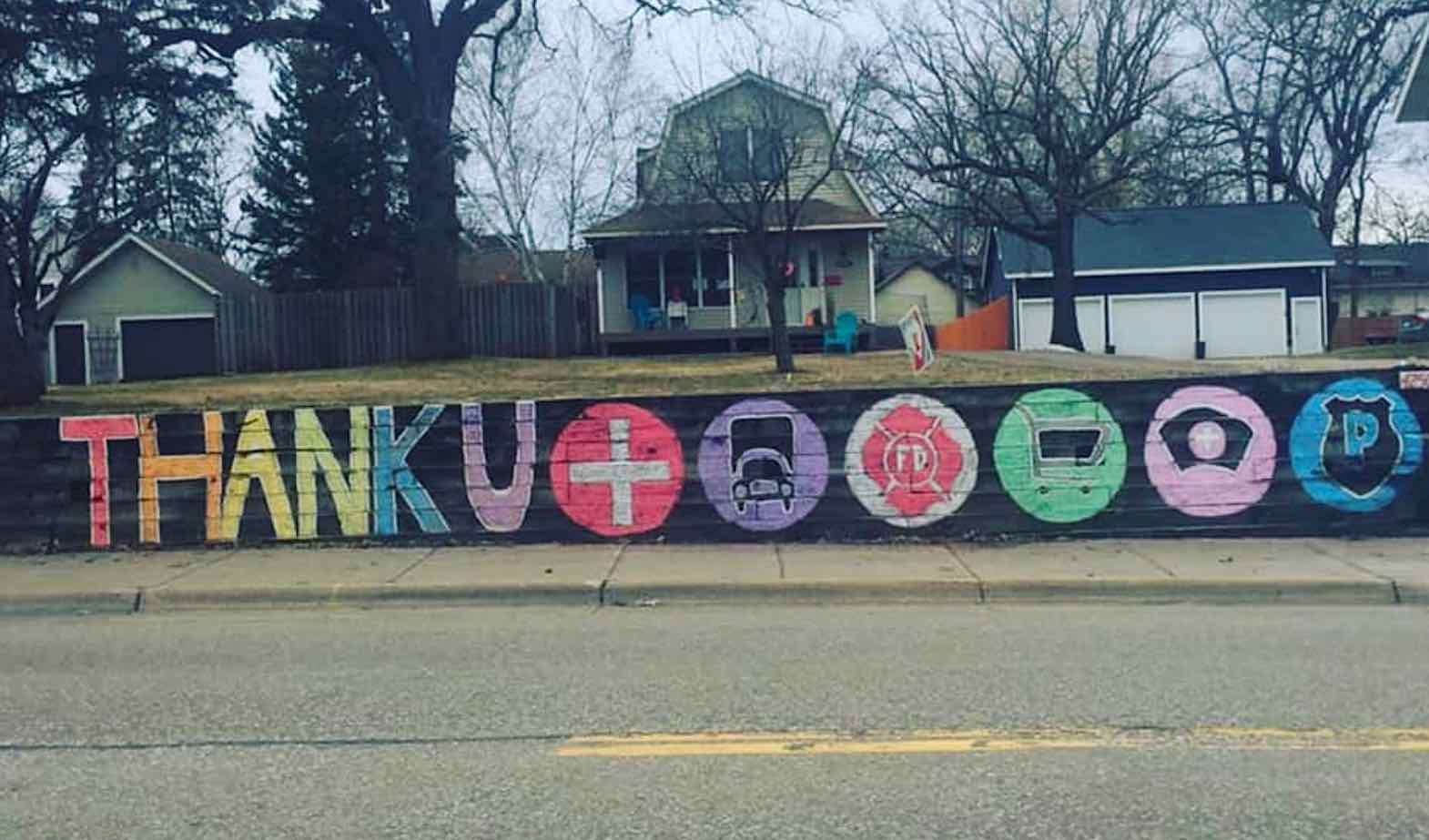What Can One Person Do in 10 Years? This Man Got 152 Million Mangrove Trees Planted
The former Environmental Minister of Senegal has now spent over a decade reforesting a mangrove forest in the Casamance Delta.

As more and more US states and world regions implement various stay-at-home orders and shutdowns during the COVID-19 outbreaks, some areas that have been hit hardest by the virus are showing that the restrictions are working.
Since symptoms of the novel coronavirus generally start to show within two weeks of infection, today's infections are the result of interactions from early March. China has slowly begun lifting its strict social restrictions since their quarantine regulation helped the nation recover from the virus.
It has now been roughly two weeks since Italy ordered a nationwide lockdown amidst the outbreaks, and rates of infection have steadily been declining since the country's first recorded death on February 21st.
According to The Times of Israel, the daily infection rate in Italy reached a high of 57% back in early March. Last week, it reached a record-low of 7.5%.
"The slowdown in the [infections] growth rate is extremely positive," World Health Organization deputy director Ranieri Guerra reportedly told Italy's Capitale radio. "I think the measures taken [by Italy] are absolutely correct—perhaps with a certain delay at the start, but that is understandable."
Similarly in the US, six Bay Area counties became the first in the nation to implement stay-at-home orders in mid-March followed by Gov. Gavin Newsom's statewide order three days later. Although many Californian hospitals have been struggling to address ventilator and bed shortages, some researchers report that the virus has been spreading slower than they initially thought—and it's likely because of the lockdowns.
Have been graphing #COVID19 data daily based on @SF_DPH case reporting
— Timothy Dyster (@timdyster) March 29, 2020
Based on incubation/number of days until severe symptoms, I imagine we’re just starting to see the effect of #ShelterInPlace. Still, *very* hopeful this is an early sign that we did #FlattenTheCurve pic.twitter.com/jLvgy1JGfo
Have been graphing #COVID19 data daily based on @SF_DPH case reportingBased on incubation/number of days until severe symptoms, I imagine we're just starting to see the effect of #ShelterInPlace. Still, *very* hopeful this is an early sign that we did #FlattenTheCurve pic.twitter.com/jLvgy1JGfo
Dr. Timothy Dyster, a resident physician from the University of California San Francisco, published some encouraging datasets on Twitter, illustrating how the weeks-long uptick in new infections fell for the first time this week—and it may indicate a continuing decline in infection rates.
"These data should be regarded as a ‘cheer from the sidelines' in this marathon we're on together," wrote Dyster. "It's been hard work and sacrifice, and it will continue to be, but there might be some early evidence that those efforts are paying off," Dyster said. "So please, keep staying home and keep washing your hands!"
Jahan Fahimi, another physician from UCSF, added: "We've been anxiously awaiting the surge of COVID19 patients in San Francisco. The number of hospital cases increase slowly daily. But, it hit me today… we are in a flattened curve.
"While the surge is surely still coming, we have time. Each day we are more prepared. By delaying the surge, hospitals have time to: get ventilators, open respiratory isolation wards, stockpile PPE, integrate telemedicine, expand testing, train workforce, [and] learn from colleagues in hot spots."
Updated with first half of March. All based still on public @SF_DPH data. See also daily updates by @Bob_Wachter! Red dots = 7-day moving average.
— Timothy Dyster (@timdyster) March 31, 2020
Same message as before: cautiously hopeful and *so* crucial to #ShelterInPlace! pic.twitter.com/fkG67NTvdK
Updated with first half of March. All based still on public @SF_DPH data. See also daily updates by @Bob_Wachter! Red dots = 7-day moving average.Same message as before: cautiously hopeful and *so* crucial to #ShelterInPlace! pic.twitter.com/fkG67NTvdK
Officials in Seattle told The New York Times this week that their lockdowns are also reflecting a decline in new cases as the rate of individual person-to-person infections has reportedly fallen from 2.7 people to 1.4.
With 29 American states now maintaining stay-at-home orders, Kinsa Health—a company that has been producing and distributing internet-connected thermometers—launched an online map of the country which depicted rates of fevers, colds, and flus.
Within days of creating the map on March 22nd, the researchers noted a significant decline in commonly transmitted sicknesses. Although the map does not offer evidence that social restrictions are curbing COVID-19 cases, The Times does report that new datasets from New York and Washington have confirmed the trends illustrated by the map.
Not only that, Kinsa Health's influenza predictions have reportedly been two to three weeks ahead of those from the Center for Disease Control and Prevention—and the company is now working to share their technology with government health agencies to continue monitoring disease trends for the public.
"As of March 30th, we have seen illness levels in [New York City] drop to normal levels for this time of year, and we are seeing similar trends across the entire country," writes the company. "This does not mean that COVID-19 cases are declining. In fact, we expect to see reported cases continue to surge in the near term, but this data indicates these measures are starting to slow the spread.
This is just one of many positive stories and updates that are coming out of the COVID-19 news coverage this week. For more uplifting coverage on the outbreaks, click here.
Multiply The Good By Sharing The Uplifting News With Your Friends On Social Media…
Be the first to comment